Top Facts About Pakistan’s Space Program You Didn’t Know
Written by Rikhtiya — Discovering Secret Facts
- Top Facts About Pakistan’s Space Program You Didn’t Know
- 1. Pakistan Was Among the Early Space-Faring Nations
- 2. Pakistan’s First Satellite Was Launched in 1990
- 3. Collaboration with China and Other Countries
- 4. Ambitious Space Vision 2040
- 5. Remote Sensing Satellites: PRSS-1 and PakTES-1A
- 6. Space Education and Research Initiatives
- 7. Strategic Role in National Security
- 8. Participation in International Space Forums
- 9. Pakistan Aims to Launch a Manned Mission
- 10. Challenges and Future Prospects
- Final Thoughts
When you think of space exploration, countries like the United States, Russia, and China might come to mind. However, Pakistan, with its rich scientific heritage, has made significant strides in space research and technology. Here are some fascinating facts about Pakistan’s space program that you probably didn’t know.
1. Pakistan Was Among the Early Space-Faring Nations
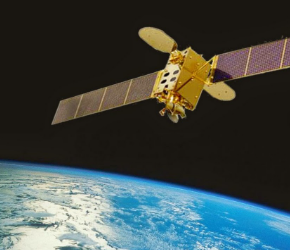
Many are surprised to learn that Pakistan was one of the first countries in Asia to launch a space program. The Space and Upper Atmosphere Research Commission (SUPARCO), Pakistan’s national space agency, was established on 16 September 1961, just a few years after NASA. This makes Pakistan the first South Asian country to have initiated a space program.
2. Pakistan’s First Satellite Was Launched in 1990
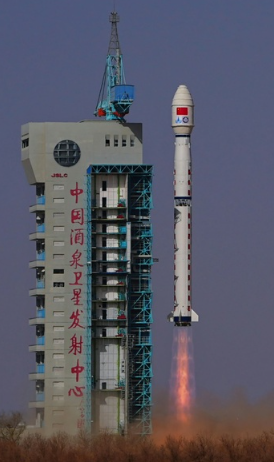
Pakistan’s first indigenously developed satellite, Badr-A, was launched on 16 July 1990 from China. It marked a historic moment as the satellite successfully orbited Earth, gathering essential environmental data. This launch made Pakistan the first Muslim-majority country to have a satellite in space.
3. Collaboration with China and Other Countries
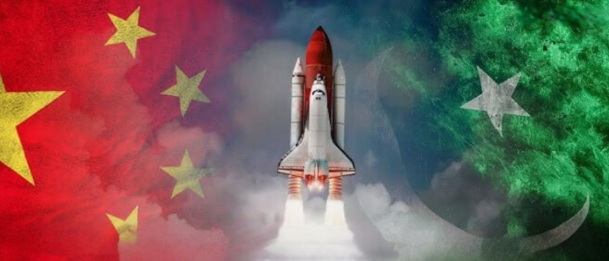
Pakistan has a strong partnership with China in space technology. The PakSat-1R, launched in 2011, was a joint venture between SUPARCO and China’s Great Wall Industry Corporation. This communications satellite replaced the aging PakSat-1 and significantly enhanced Pakistan’s telecommunications and broadcasting capabilities.
4. Ambitious Space Vision 2040

SUPARCO has an ambitious long-term plan called Space Vision 2040, aiming to place Pakistan among the leading space-faring nations. The vision includes the development of more advanced communication satellites, remote sensing systems, and even plans for a human spaceflight mission.
5. Remote Sensing Satellites: PRSS-1 and PakTES-1A
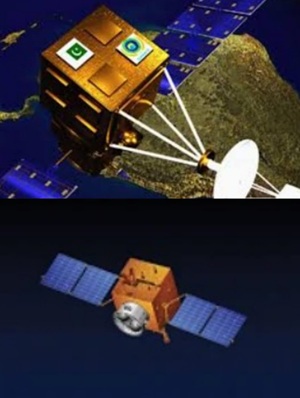
In 2018, Pakistan launched two crucial satellites, PRSS-1 and PakTES-1A, aboard a Chinese Long March rocket. PRSS-1 is Pakistan’s first remote sensing satellite, used for monitoring natural disasters, agricultural planning, and urban development. PakTES-1A, developed indigenously, serves as an Earth observation satellite, showcasing Pakistan’s growing self-reliance in satellite technology.
6. Space Education and Research Initiatives
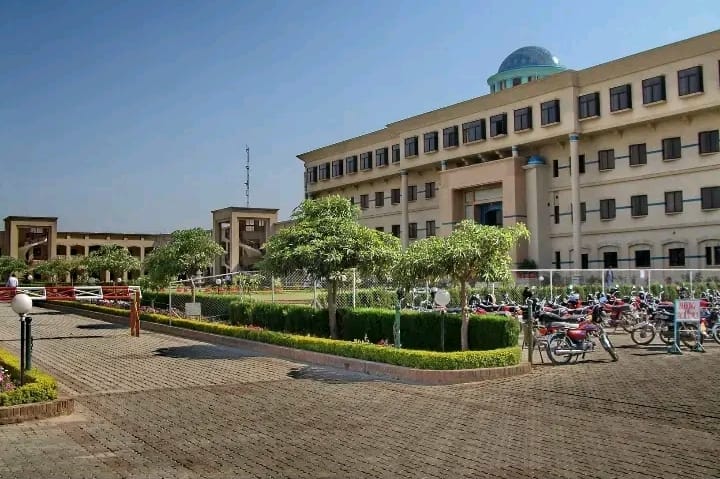
SUPARCO actively collaborates with universities and research institutions to foster space education. The Institute of Space Technology (IST) in Islamabad is a prime example, offering degrees in aerospace engineering, avionics, and space sciences. This focus on education helps build a skilled workforce for Pakistan’s space endeavors.
7. Strategic Role in National Security

Beyond scientific exploration, Pakistan’s space program plays a crucial role in national security. Satellites like PRSS-1 assist in surveillance and monitoring, while communication satellites enhance secure communications. This dual-purpose approach strengthens Pakistan’s defense capabilities.
8. Participation in International Space Forums
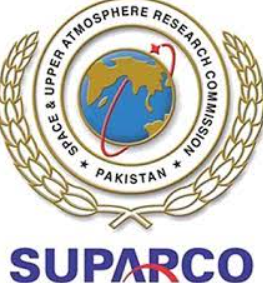
SUPARCO regularly engages in international collaborations and space research forums. Pakistan is a member of the Committee on the Peaceful Uses of Outer Space (COPUOS), showcasing its commitment to peaceful space exploration.
9. Pakistan Aims to Launch a Manned Mission

Pakistan has expressed its intention to launch a manned space mission by 2040. This ambitious goal is part of the Space Vision 2040 and reflects the country’s determination to expand its space capabilities. If successful, it would place Pakistan among the few nations to have independently sent humans to space.
10. Challenges and Future Prospects

Despite its progress, Pakistan’s space program faces challenges, including limited funding and technological dependence on other countries. However, with strategic planning and international collaboration, Pakistan aims to overcome these hurdles and secure its place in the global space community.
Final Thoughts
Pakistan’s space program may not be as well-known as those of superpowers, but it has made remarkable progress in a relatively short time. From launching the first satellite in 1990 to planning ambitious human space missions, Pakistan’s commitment to space exploration is both promising and inspiring.
As the world continues to advance in space technology, Pakistan’s role as a space-faring nation is bound to grow, driven by innovation, collaboration, and a vision for the future.
By highlighting these lesser-known facts, this article aims to shed light on the achievements and aspirations of Pakistan’s space program. Stay tuned for more updates as SUPARCO moves closer to its space vision.








